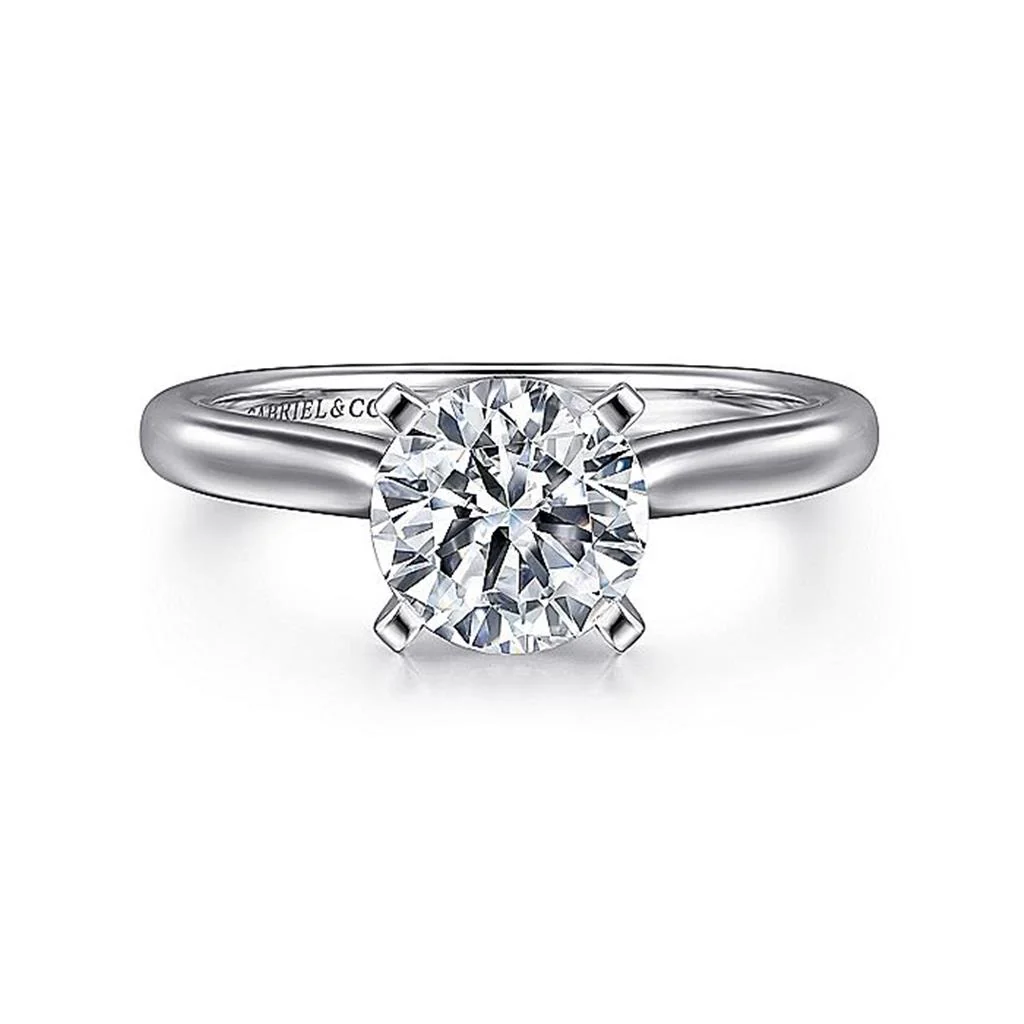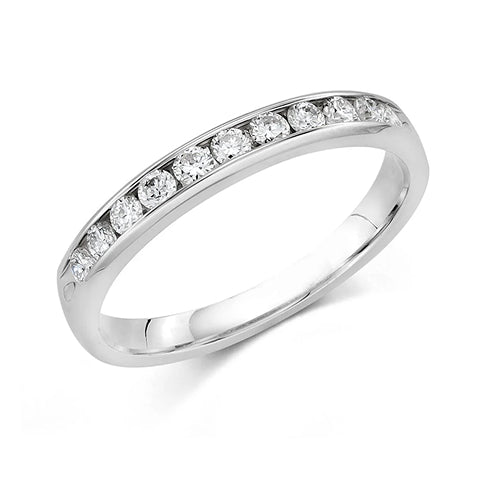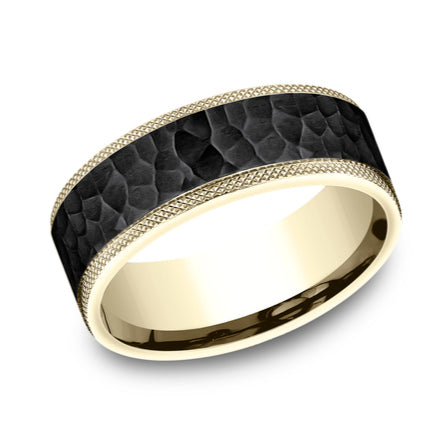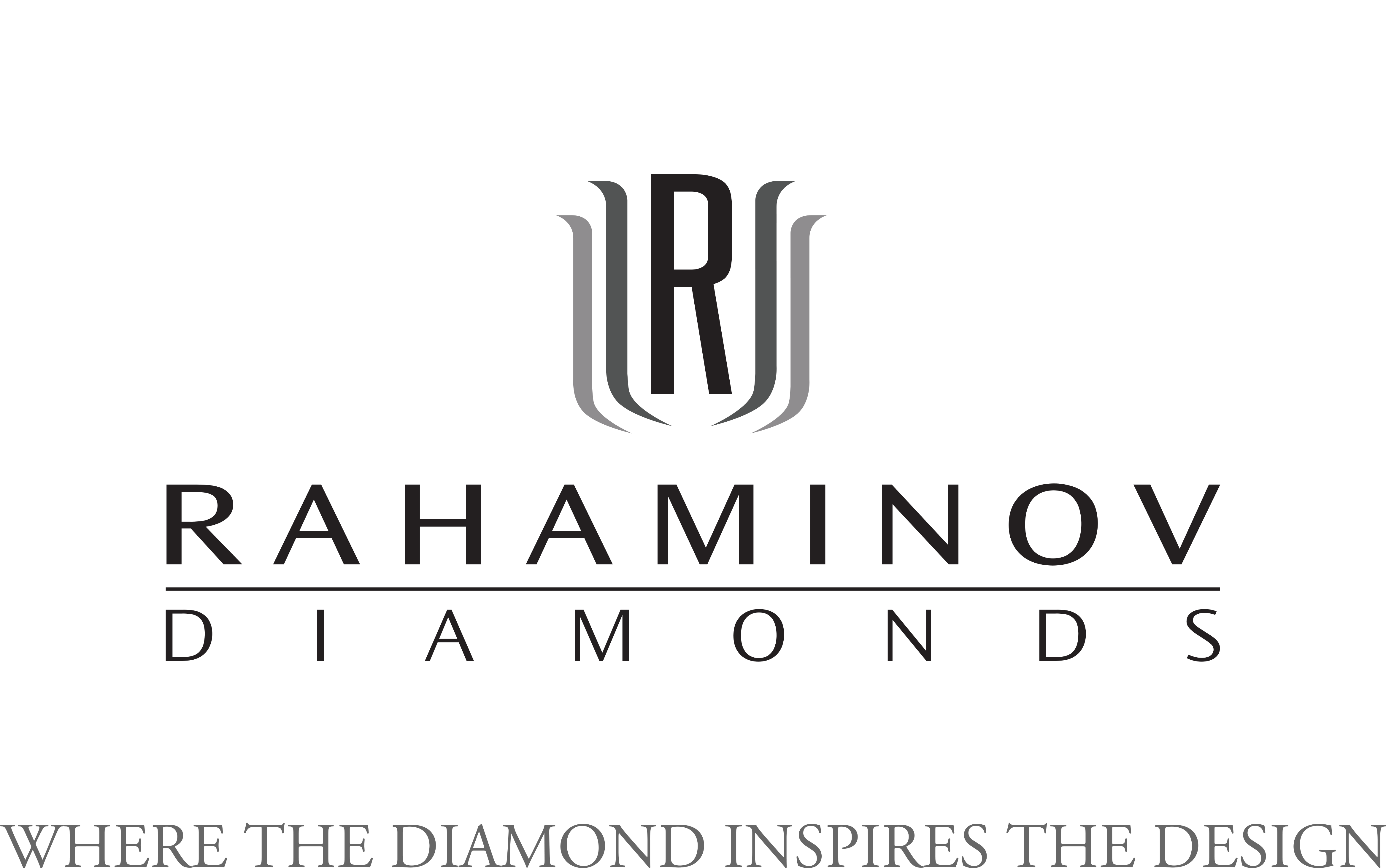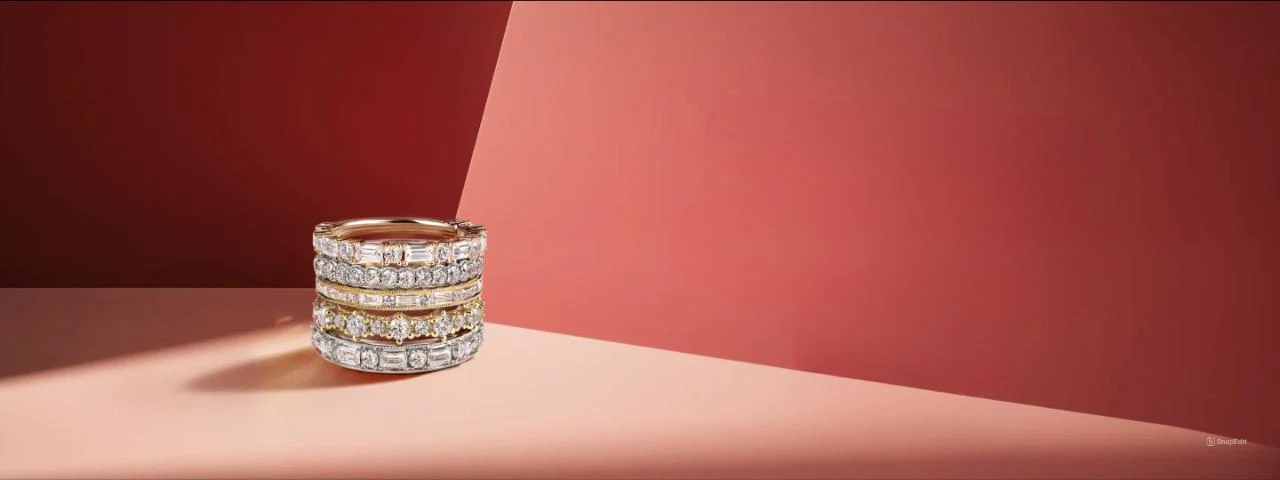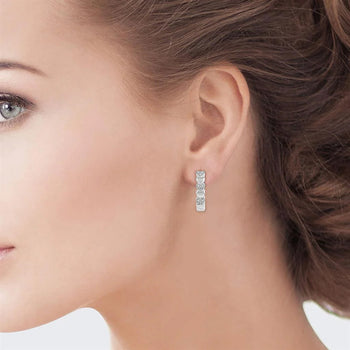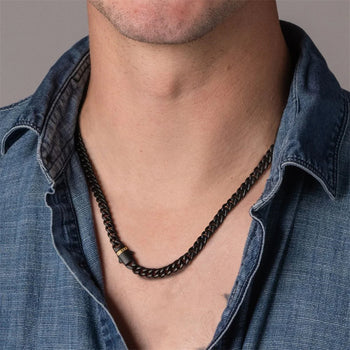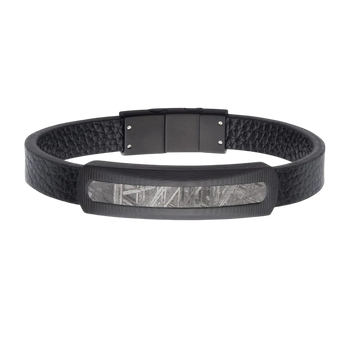
Is Platinum Hypoallergenic?
When gifting jewelry for the holidays or a special occasion, your selection is more than about beauty. You don’t want the recipient to have an adverse reaction to their present. Nickel, copper, and metal alloys with lead can trigger allergic reactions in people with sensitive skin. As an alternative, you might want to consider platinum; hypoallergenic, this precious metal is often used to make high-end jewelry.
Durability: Platinum is six times denser than diamond and 21 times denser than water. It has a melting point of 3,215℉. It also doesn’t tarnish, corrode, or easily wear down; instead, platinum molecules shift from one place to another when scratched. This causes it to develop a patina finish, giving a platinum ring an antique vibe.
Purity: The purity of platinum is what makes it hypoallergenic. On the other hand, gold and sterling silver are mixed with other alloys that can trigger allergic reactions. Platinum is unreactive, which means it won’t oxidize or be affected by common types of acids. It also doesn’t react with sweat, body oil, or cosmetics like nickel does.
Longevity: Platinum is resistant to wear and tear and can be resized and reconditioned. Metal that’s been shifted by scratching can be polished back into place to restore its shine. Well-kept platinum jewelry can therefore last for generations.
It Complements Diamonds: The silvery-white coloring of platinum helps accentuate a diamond’s sparkle. It does not reflect any color off the diamond. White gold develops a yellowish tint over time that can reflect on a diamond, making it look duller.
However, platinum is a dense metal, making it weigh more than most. Therefore, you need to factor in the weight of a platinum ring and the comfort of wearing it. Since precious metals are priced by weight, a platinum ring will cost more than one made of, for example, white gold. Platinum’s rarity contributes to the cost factor as well.
Why Is Platinum in High Demand?
About 30 times rarer than gold, platinum is the least common of the precious metals. It is therefore highly valuable. Platinum was used in Ancient Egypt but its first reference was in 1557 in Spain, where miners thought it was impure silver. It was one of the eight known metals by the late 18th century when it was called white gold due to its silvery-white appearance. But unlike white gold, platinum retains its natural white color over time.Characteristics of Platinum
Platinum is 95% pure, making it the only true hypoallergenic precious metal used in jewelry. Comparatively, white gold is a mixture of different metals, some of which can be irritating. Other traits that make platinum highly desirable include:Durability: Platinum is six times denser than diamond and 21 times denser than water. It has a melting point of 3,215℉. It also doesn’t tarnish, corrode, or easily wear down; instead, platinum molecules shift from one place to another when scratched. This causes it to develop a patina finish, giving a platinum ring an antique vibe.
Purity: The purity of platinum is what makes it hypoallergenic. On the other hand, gold and sterling silver are mixed with other alloys that can trigger allergic reactions. Platinum is unreactive, which means it won’t oxidize or be affected by common types of acids. It also doesn’t react with sweat, body oil, or cosmetics like nickel does.
Longevity: Platinum is resistant to wear and tear and can be resized and reconditioned. Metal that’s been shifted by scratching can be polished back into place to restore its shine. Well-kept platinum jewelry can therefore last for generations.
It Complements Diamonds: The silvery-white coloring of platinum helps accentuate a diamond’s sparkle. It does not reflect any color off the diamond. White gold develops a yellowish tint over time that can reflect on a diamond, making it look duller.
However, platinum is a dense metal, making it weigh more than most. Therefore, you need to factor in the weight of a platinum ring and the comfort of wearing it. Since precious metals are priced by weight, a platinum ring will cost more than one made of, for example, white gold. Platinum’s rarity contributes to the cost factor as well.
How to Protect Yourself from Metal-Induced Skin Reactions
Some precious metals and the alloys they contain can cause allergic reactions. Platinum can have a small percentage of alloys. If your skin is extremely sensitive, you may want to cover it before putting on jewelry. Metal allergies can be treated with antihistamines and/or steroids; they can reduce the discomfort caused by a reaction. If you have a metal allergy, speak with your doctor about other possible treatments before buying a metallic ring or other product.Purchase a Platinum Hypoallergenic Ring from Jeweler’s Touch
At Jeweler’s Touch in Brea, CA, we offer a wide range of precious metals and gemstones. Purchase platinum jewelry from leading collections or have our gemologists custom-design a piece just for you. Even if you are sensitive to many metals, we can provide the perfect jewelry for your needs or special occasion. To learn more, schedule your in-store, virtual, or curbside appointment online or call 714-579-1616 today.- Tags: All Jewelry & Fashion Diamonds

